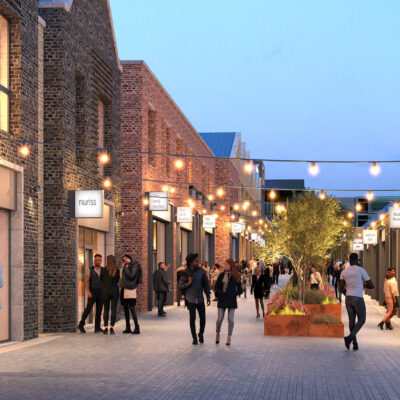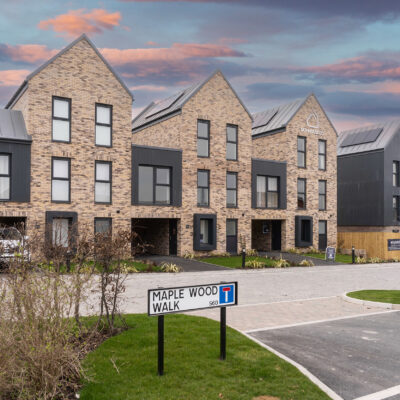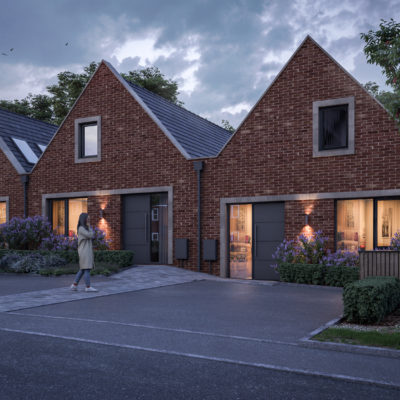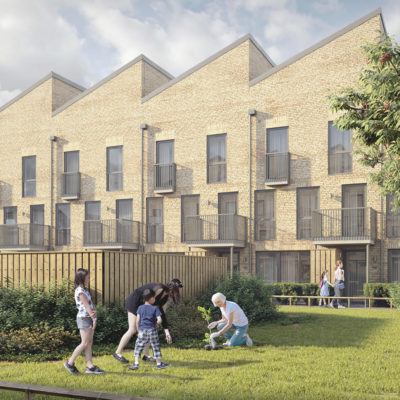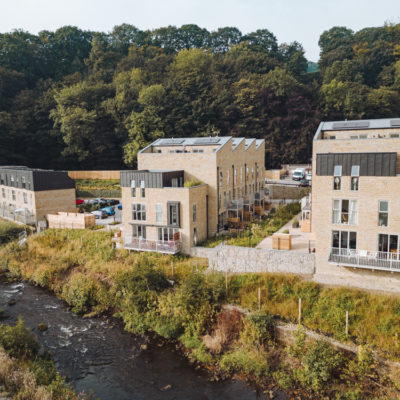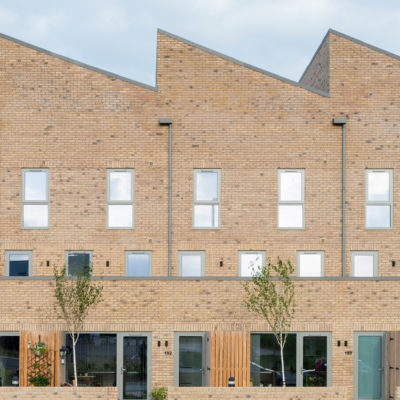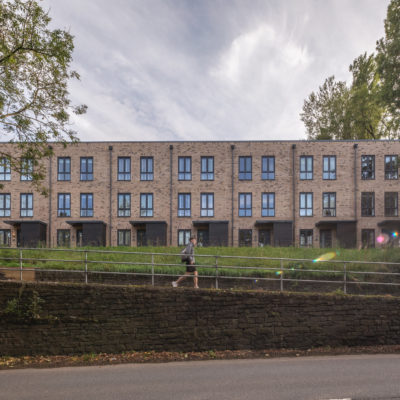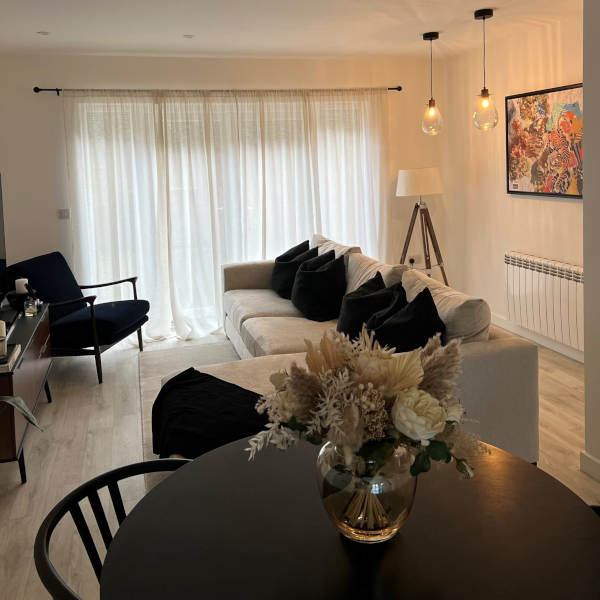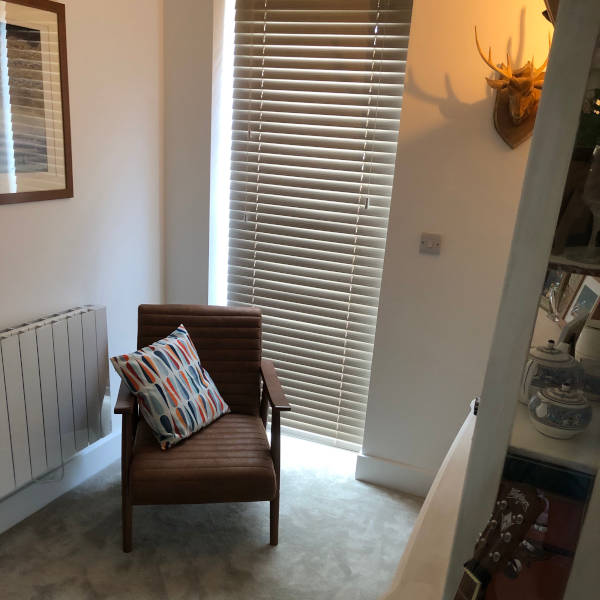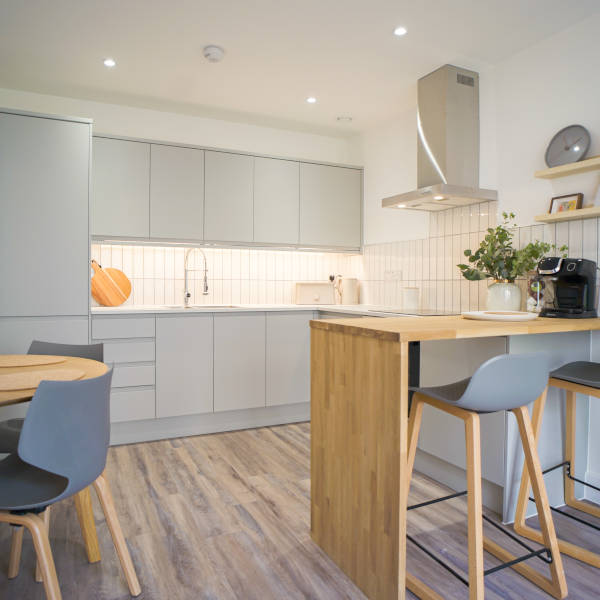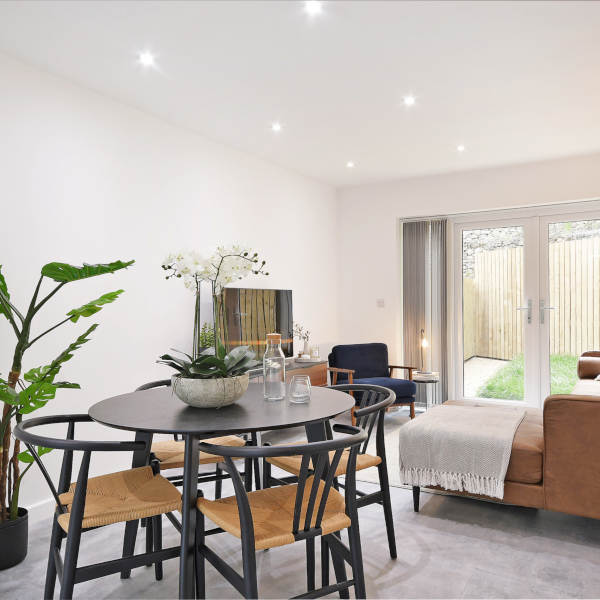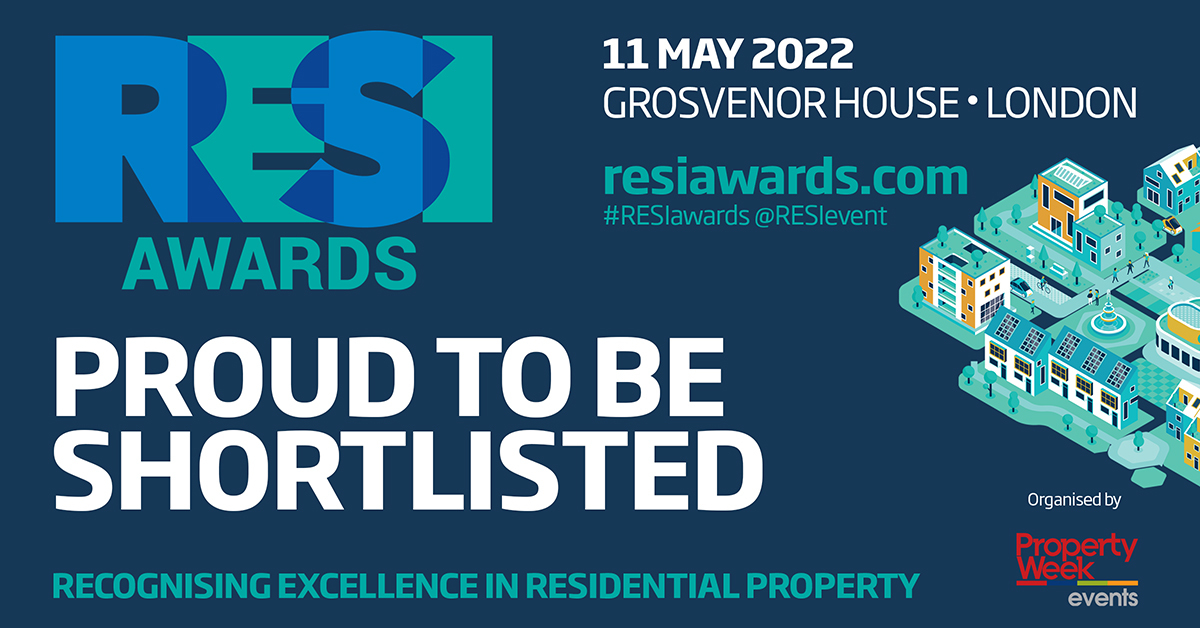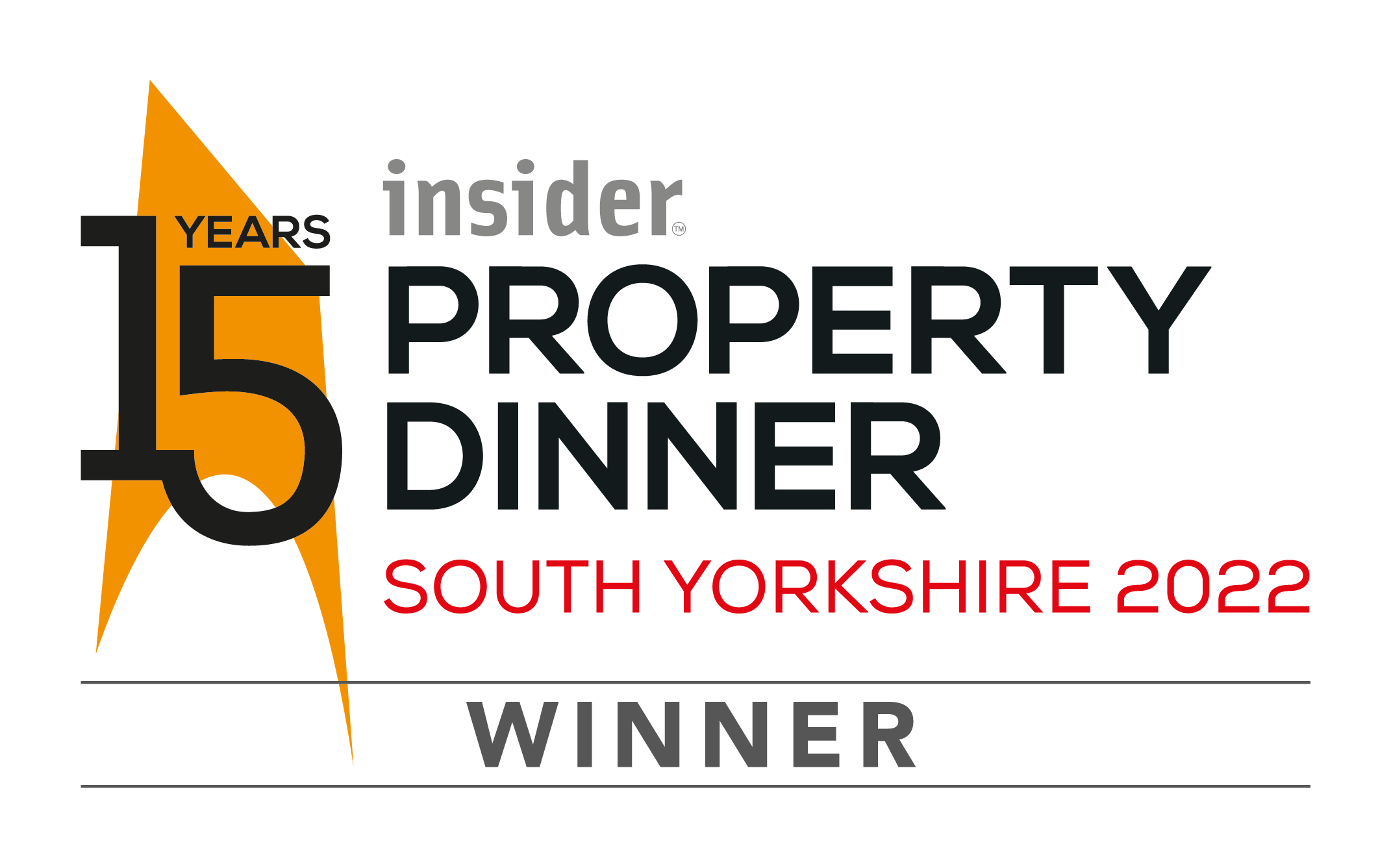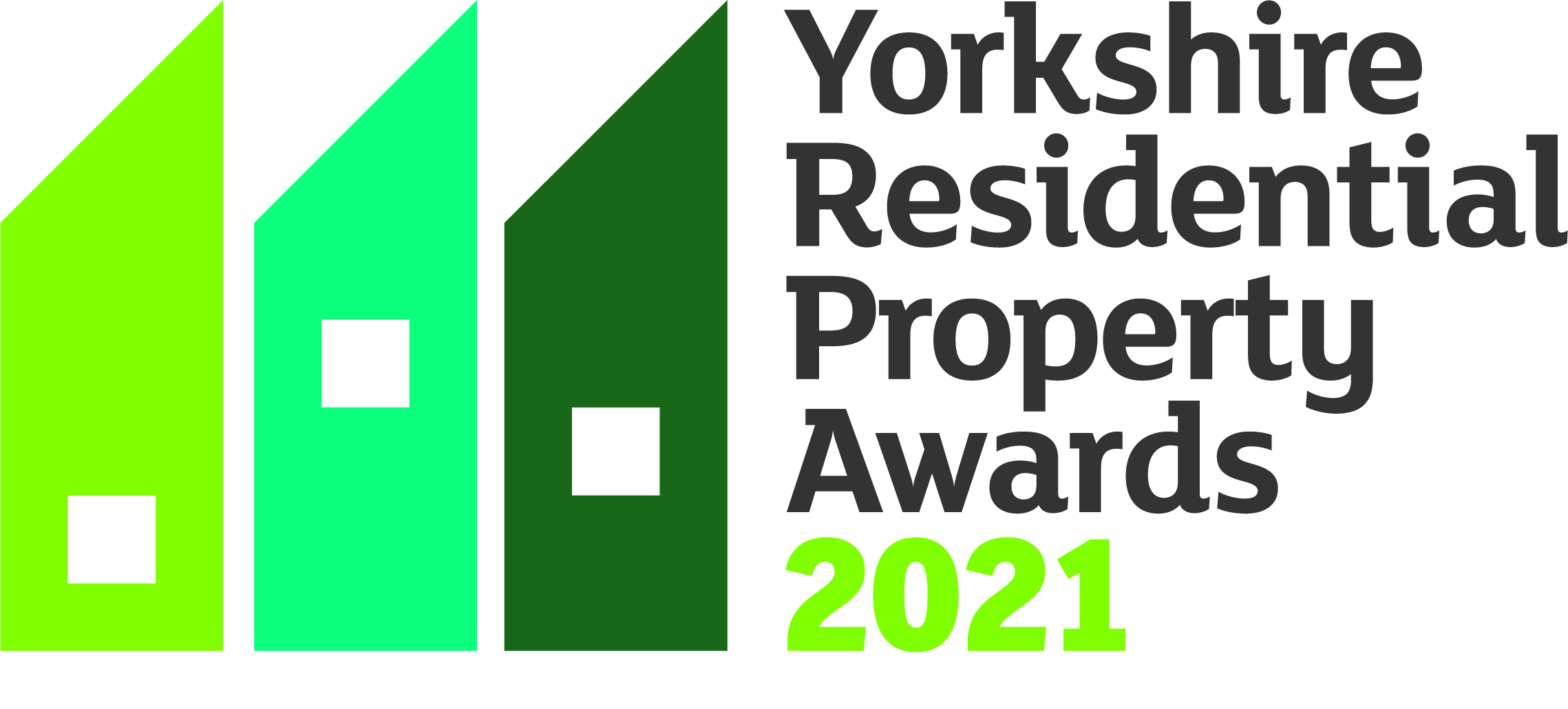Back-to-Backs are BACK!
History of Back-to-Back housing
Back-to-backs are a form of terraced house, built from the late 18th century through to the early 20th century in various forms. Many thousands of these dwellings were built during the Industrial Revolution for the rapidly increasing population of expanding factory towns.
Banned by building regulations formulated by housing reformers 100 years ago, and demolished by the thousands in the slum clearance schemes of the 1960s, the humble back-to-back has now been suggested by architects to offer a good design model for the dense-packed cities of the future.
Benefits of Back-to-Backs
- They were cheap to build and therefore relatively inexpensive to rent.
- They were arranged along streets and in courts which assisted in creating the potential for neighbourliness.
- They delivered reasonably high density while providing people with a house rather than a flat.
- They were proven to have better heat insulation due to fewer outside walls.
The president of the Royal Institute of British Architects, George Ferguson, says:
“There is increasing interest in what the street can offer as an intense form of urban development. Back-to-backs got a bad name because of the dreadful open sewers and lack of facilities but they actually did give everybody their own front door and little patch of land.”
“Back-to-back houses can provide higher housing densities than tower blocks but without the problems of isolation and social exclusion that tower blocks can foster”, he says.
Next generation Sky-House Back-to-Backs
So, what does the future look like for Back-to-Back houses?
Each Sky-House has its own bathroom, an ensuite shower room and downstairs toilet (in the 19 century bathhouses were usually shared). The top floor has a private roof terrace, there’s a balcony above the front door, creating a porch entrance. Original back to backs had no private outdoor space, but we’ve chosen to maintain the communal aspect, reminiscent of Victorian Back-to-Backs, through the inclusion of patios at the front of the properties.
We’ve brought in the concept of ‘shared ownership’ through a scheme that allows residents to have a say in how the land surrounding their properties is maintained. Whilst we have made a conscious choice not to include traditional gardens, we will always provide an outdoor shared space for resident to connect with nature and get to know one another – such as in our community garden at Oughtibridge Mill.
Whatever your personal taste, there’s no denying that the original Back-to-Backs can give us something to think about when it comes to building for a more sustainable future…
Neighbourhoods

We are proud of our neighbourhoods, which are built with care to create thriving and blossoming communities. Our homes are designed to help people live better lives.
